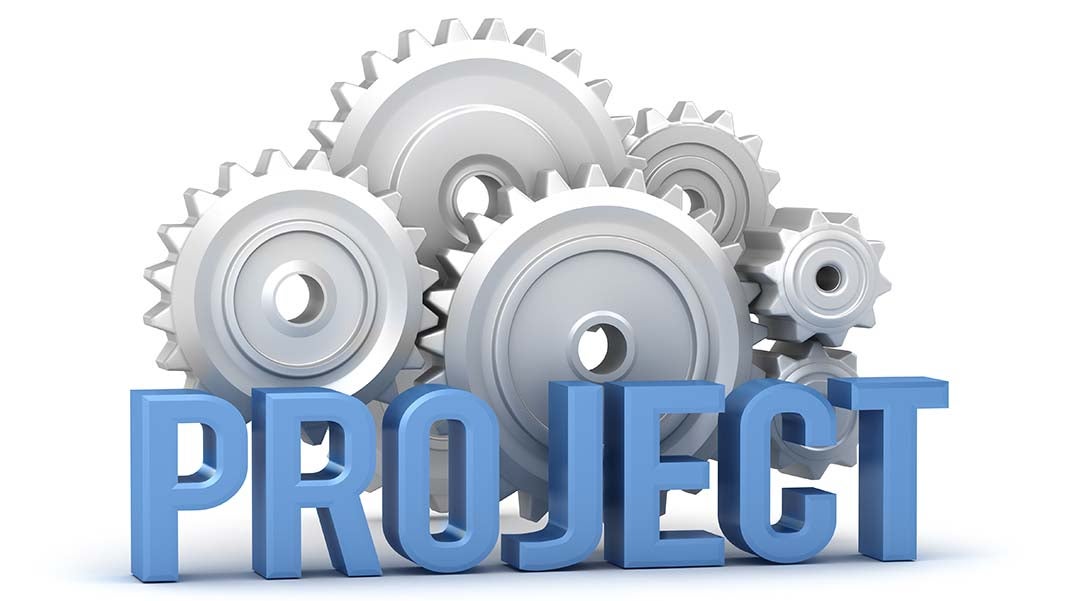
Faced with client meetings, finance issues and an inbox bursting at the seams with unanswered emails, giving attention to project management may seem impossible. Without a clear scope, budget and timescale—and a project management methodology—the business is in danger of being blown around by conflicting needs. Worse still, priorities will be dictated by the last call. Until the next email arrives.
For any startup or entrepreneur, however, the risk of a reactive and ad-hoc approach to new business growth will inevitably end in disaster sooner or later. At some point every business needs to think about making the time to plan in order to secure the business and this means having an understanding of project management and methodology and its importance.
In this guide we’ll take a look at what project management is all about, what it’s used for and why it’s so important for new businesses.
Read more on project management
Goals
“Goals are dreams with deadlines.” ~ Diana Scharf
Before making plans for a new project, whether it’s the development of a new service or project, the rollout of a new IT system or an office relocation, it’s essential to define the vision or goal. This needs to be specific in terms of what you want to achieve and by when. Be enthusiastic and passionate while thinking about what you want to achieve, ask yourself open questions.
Now pin down the goal into a specific result with a timescale. Write it down. Imagine that you are at the end of the project and validating whether you achieved the goal.
Methodologies
Choosing a project management methodology is an essential next step. It needs to fit the needs of the business; the type of product or service being delivered, how it will be developed and the skills and knowledge of the team. There are many established project management methodologies and some of these are:
- Agile, Scrum – these modern techniques are widely used in software development and enable teams to collaborate, adapt and deliver rapidly.
- Lean – these techniques focus on streamlining and reducing waste: doing more with less. By focusing on the essentials, they increase efficiency.
- Waterfall – this traditional methodology arranges tasks in a connected sequence: Requirements, Development, Testing, and Maintenance.
- PRINCE2 – a process-oriented methodology which arranges a project into stages. It gives the team a high degree of control and the ability to assess and mitigate risks.
All project management methodologies include the following aspects to some extent, although PRINCE2 is the most comprehensive and the only one that is also a globally recognized qualification.
Risks
“One of the true tests of leadership is the ability to recognise a problem before it becomes an emergency.” ~ Arnold Glasow
Good project management will include risk assessment at an early stage in the project, and periodic assessments during the lifecycle. This will assess the probability and impact of each risk, and an appropriate response to it, such as Avoid, Reduce, Transfer or Accept.
Scope
It’s essential to define and communicate the scope of the project. Having a clear goal is an excellent start, but this will need to be fleshed out. A well-managed project will have features that are essential (must have), important (should have) and desirable (would like). This categorization helps the team to stay focused, and importantly lets the stakeholders know what they should and shouldn’t expect.
Budget
Projects often fail, or come up short, owing to a lack of finance. Project Management means grasping the nettle of making detailed costings for materials, accommodation and people. Being realistic about costs gives the project a decent chance of delivering the scope in the agreed timescale.
Timescale and Milestones
Like the scope, the overall timescale should come from the goal, but again there is detailed work to break this into stages and milestones. It helps to work back from the final deadline (e.g., product delivery date) to allow sufficient time for the stages of planning, development and delivery.
Setting project milestones gives the team focus. A milestone may be a key date for the issue of a specification, a demo to the stakeholders or a defined level of quality. Most project management methodologies work alongside tools to define and publish milestones. A Gantt chart allows the milestones to be recorded electronically, together with the task dependencies and resource constraints.
Communication
“Think like a wise man but communicate in the language of the people.” ~ William Butler Yeats
Great project managers lead and inspire their teams by communicating effectively. A startup is an excellent place for communication; normally there is a small team located in the same room.
This can give rise to complacency however; it’s vital to formalize how information is shared. This can be a daily “stand-up” meeting to quickly check progress, issues and today’s schedule. Perhaps a weekly team meeting to spend more time discussing issues and showing product demos.
Whatever frequency works for the product and the team, the PM will treat it as an opportunity to spot risks, check assumptions and ensure that everyone is fully briefed.
Despite a groaning inbox and a phone that never stops ringing, project management is the one thing that a startup must make time for. New products and services need to deliver an agreed scope, to an agreed budget by an agreed deadline. The only way to achieve these is through disciplined project management and a structured methodology.
2547 Views












